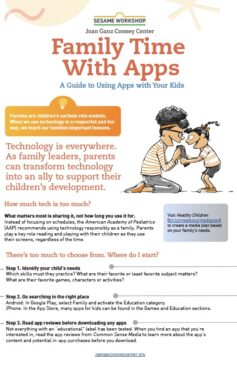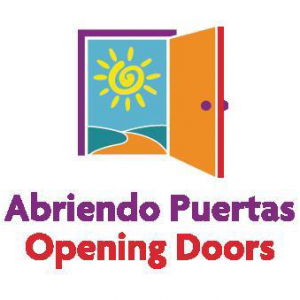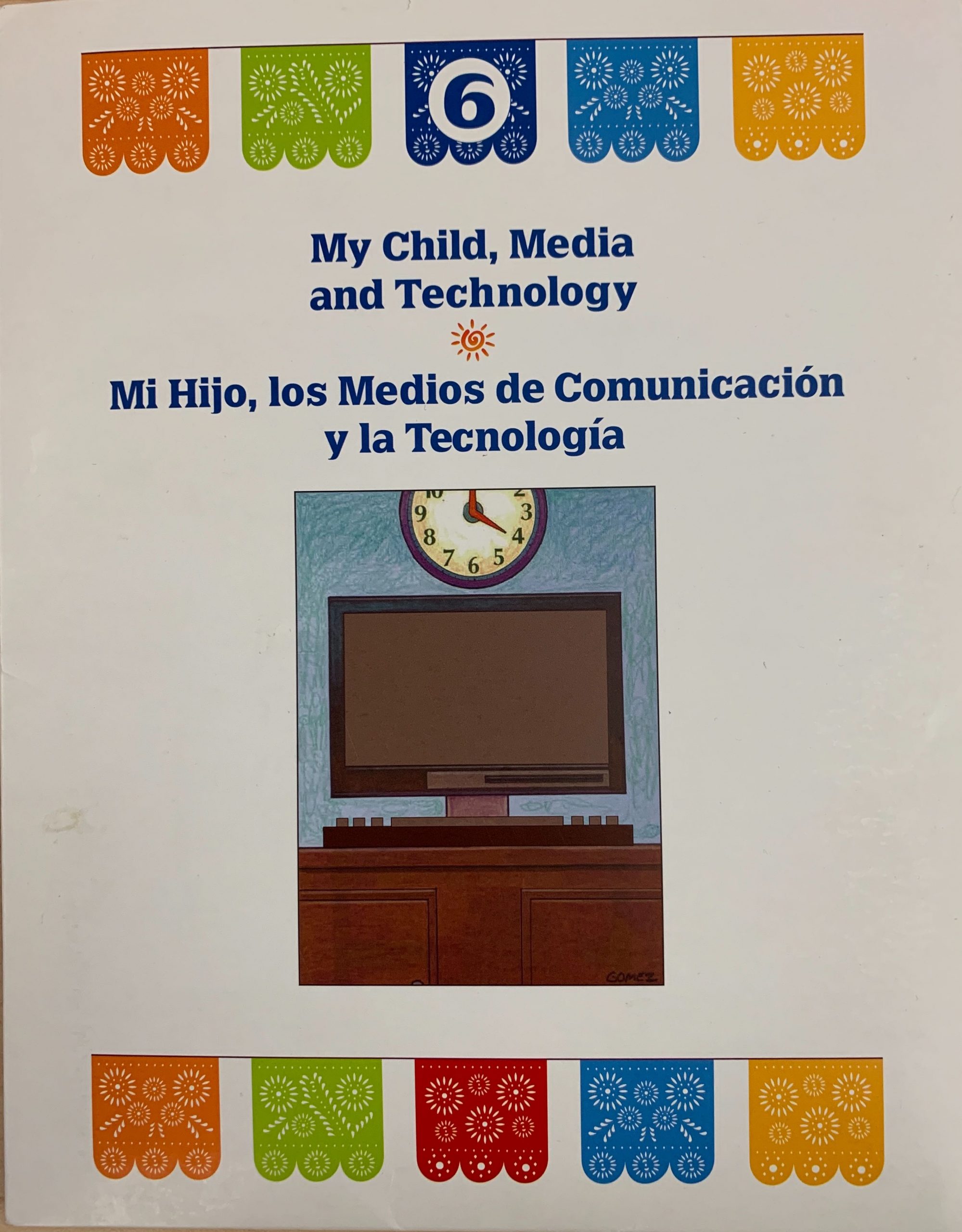
When we think of apps for kids, we often think of games for either entertainment or learning. But apps aren’t limited to just games or books—apps can provide important social, emotional, and physical experiences too. Family Time with Apps — also available in Spanish as Apps en Familia— is designed to help parents better understand the variety of ways that apps can support children’s healthy development and family learning, communication, and connection. The guide aims to show parents how to find the best apps that fit your child’s needs, provide tips on how (and why!) to use apps together, and highlight even more resources that will make the process of selecting apps less overwhelming, and more fun.

Many librarians and community organizations have requested shorter-form versions of the guides to distribute to their families, so we have collaborated with our partners at Abriendo Puertas to produce a printable PDF in both Spanish and English that organizations can download, print (double-sided), and fold in half for a handy brochure.
Download Family Time with Apps in the format that is best for you:
-
- A PDF version of the full guide
- A PDF version of Apps en familia
- A printable two-page version of the guide is available for libraries and community organizations. This brochure allows organizations to print and fold copies to distribute to patrons. (Please print double-sided at full scale or 100% and fold along the dashed line.)
- The Spanish-language version of the Apps en familia brochure
Download our one-page resources:
Guest blog posts:
- Preparing for New Experiences by Jason Boog
- Using Apps to Put Creative Tools into Young Hands by Stuart Dredge
- I Was Read To: I Was One of the Lucky Ones by Teri Rousseau
- Keeping Family Connections Alive with Technology by Jeana Lee Tahnk
- Your Children Need Real-Life Video Game Escapades by Jordan Shapiro
- A Mouse in the House and the Desire To Learn by Jens Peter de Pedro
- For the Love of Routines — and Research by Shelley Pasnik
References cited in the book:
Ball, S., & Bogatz, G. A. (1970). The first year of Sesame Street: An evaluation: A report to the Children’s Television Workshop. Princeton, NJ: Educational Testing Service. Retrieved from http://files.eric.ed.gov/fulltext/ED047823.pdf
Bogatz, G. A., & Ball, S. (1971). The second year of Sesame Street: A continuing evaluation. Volume 1. Princeton, NJ: Educational Testing Service. Retrieved from http://files.eric.ed.gov/fulltext/ED122800.pdf
Hart, B., & Risley, T. R. (1995). Meaningful differences in the everyday experience of young American children. Baltimore: Paul H. Brookes Publishing.
Moffitt, T. E., Arseneault, L., Belsky, D., Dickson, N., Hancox, R. J., Harrington, H., … others. (2011). A gradient of childhood self-control predicts health, wealth, and public safety. Proceedings of the National Academy of Sciences, 108(7), 2693–2698.
Reiser, R. A., Tessmer, M. A., & Phelps, P. C. (1984). Adult-child interaction in children’s learning from “Sesame Street”. Educational Communication and Technology Journal, 32(4), 217-223.
Reiser, R. A., Williamson, N., & Suzuki, K. (1988). Using “Sesame Street” to facilitate children’s recognition of letters and numbers. Educational Communication and Technology Journal, 36(1), 15-21.
Salomon, G. (1977). Effects of encouraging Israeli mothers to co-observe “Sesame Street” with their five-year-olds. Child Development, 1146-1151.
Sektnan, M., McClelland, M. M., Acock, A., & Morrison, F. J. (2010). Relations between early family risk, children’s behavioral regulation, and academic achievement. Early Childhood Research Quarterly, 25(4), 464–479.





